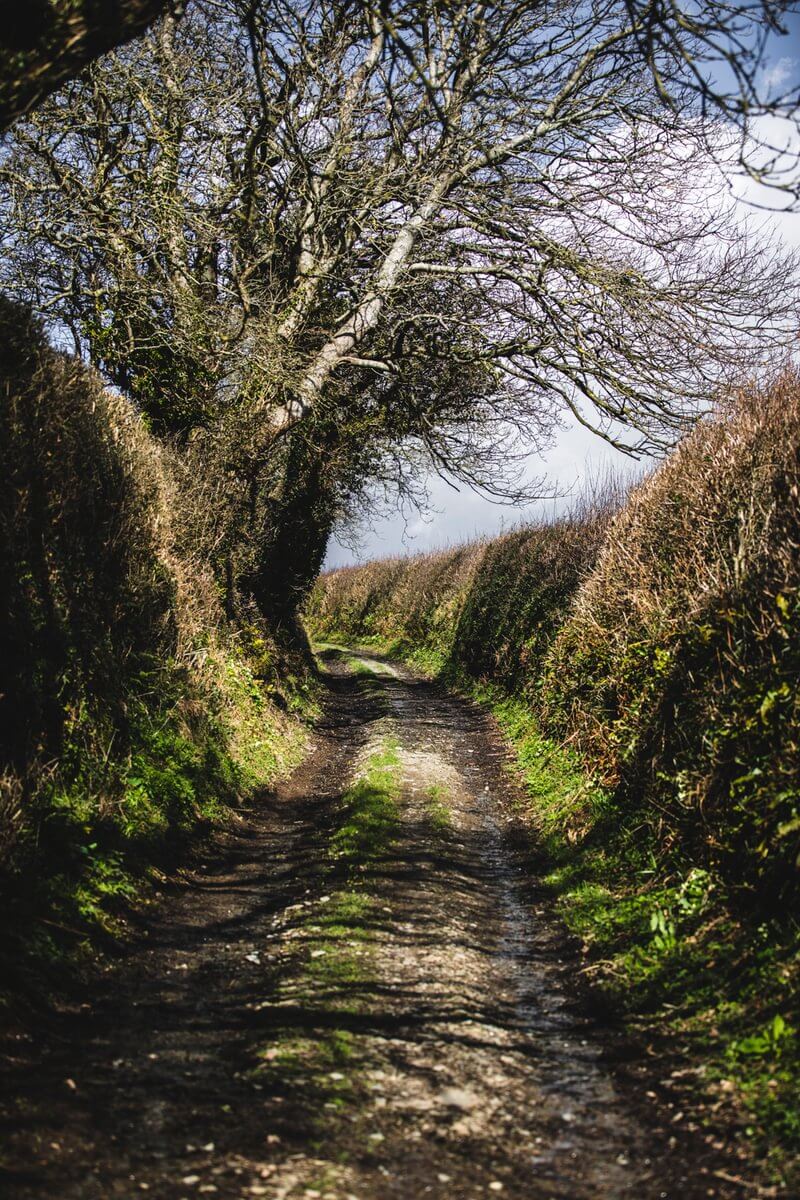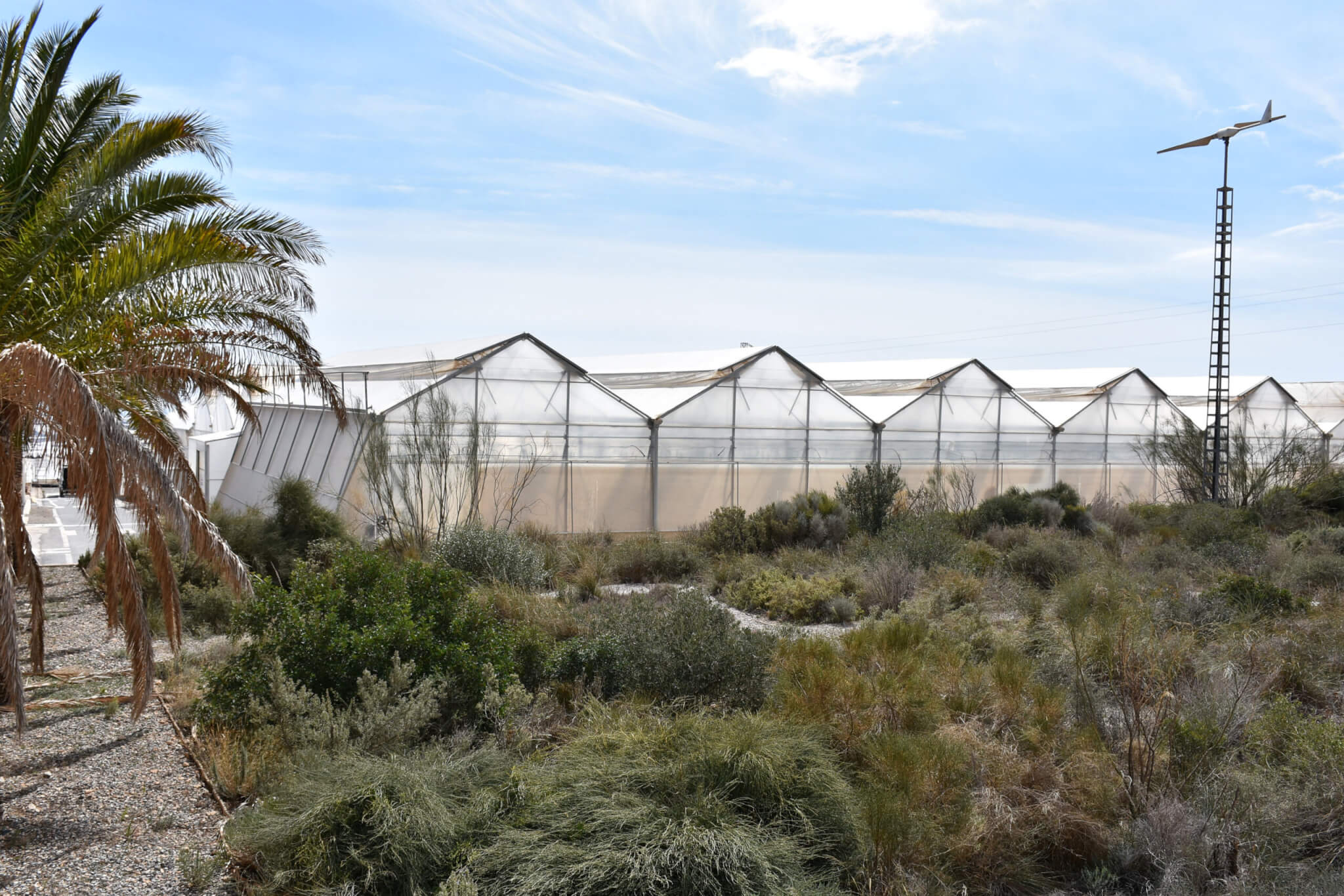A gorgeous, sunny and warm May and June were followed by a persistently damp and cool July and early August. Good for our newly-planted, cool-loving winter brassicas and leeks which have established well, and even the beans are benefitting from the rain and cropping heavily despite cool temperatures, but our sun-loving salads are struggling. Time is also running out for our tomatoes. Sown in February under glass and planted out in unheated tunnels in April, picking starts in late July. By mid October, with light levels and temperatures dipping, flavour deteriorates and ripening slows so we start ripping them out and planting the polytunnels with winter salads. The market for green tomato chutney is limited so last week we “stopped” the plants (ie. removed the leading shoot) to encourage them to fill and ripen the fruit already set. It’s a race against time to hit the 40 tonnes of tomatoes we budgeted for this year as we’ve only picked 12 tonnes so far; we desperately need sun for ripening to catch up, but flavour is surprisingly good despite the grey skies. We could heat the tunnels to extend our tomato season as most commercial growers do, but the CO2 emissions from burning fossil fuels to heat uninsulated greenhouses make this environmental madness; indeed if greenhouses contained humans rather than tomatoes, building regulations would make it illegal.
Leeks, kale and cabbage love rain; but so do the weeds. Our strategy to minimise hand weeding is to create a fine and firm “stale” seedbed a month or more ahead of planting; repeated shallow cultivations expose weed seeds to light and changes of temperature, stimulating germination only for the emerging seeds to be killed by the next cultivation. With the help of rain or irrigation, it is possible to remove 90% or more of the weed “burden” so the crop emerges virtually weed-free. If we get it right, mechanical cultivation between the rows combined with moving soil to smother emerging weeds can be enough, especially for vigorous crops like kale and cabbage which quickly form a canopy that out-grows competing plants. This year we got it wrong; a dry May and June meant the weeds waited and germinated as we planted instead. The result will be many hours spent hand-weeding leeks; boring, but not a disaster.
Guy Watson











0 Comments